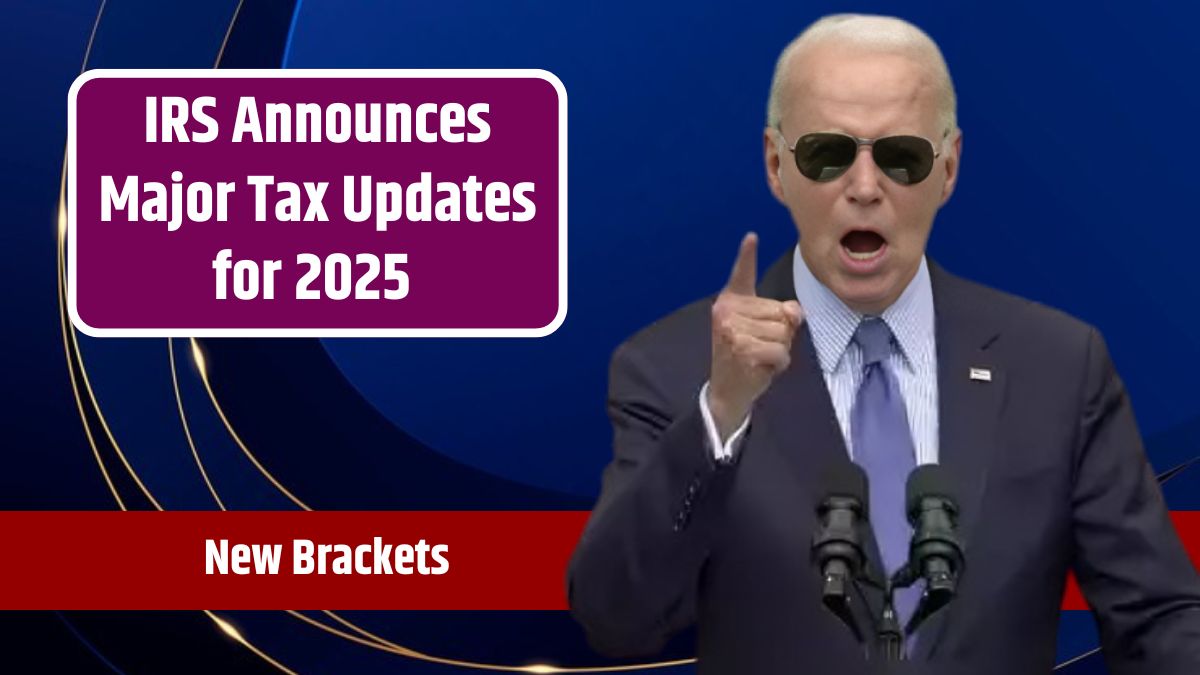Each year, the IRS adjusts key tax thresholds, with tax brackets and deductions among the most anticipated changes. These inflation-based adjustments, while routine, serve an important purpose: preventing “bracket creep.”
Bracket creep occurs when people are pushed into higher tax brackets simply due to inflation, without any actual increase in purchasing power. These adjustments help families keep a balanced tax bill, especially in times of high inflation that strain everyday budgets.
For 2025, the IRS has adjusted tax brackets and the standard deduction to reflect a roughly 2.75% increase, a figure notably lower than 2024’s substantial 5.4% adjustment. Here’s how the new rates and deductions break down and what they mean for taxpayers.
Brackets
In 2025, tax brackets for both single and joint filers have shifted upward by 2.75%. This means that, on average, taxpayers will be able to keep a bit more of their income from moving into higher tax brackets, helping mitigate inflation’s effect on earnings.
Let’s break down the 2025 tax brackets for single and joint filers:
| Percentage | Single Filer Income Range | Joint Filer Income Range |
|---|---|---|
| 10% | Up to $11,925 | Up to $23,850 |
| 12% | Over $11,925 | Over $23,850 |
| 22% | Over $48,475 | Over $96,950 |
| 24% | Over $103,350 | Over $206,700 |
| 32% | Over $197,300 | Over $394,600 |
| 35% | Over $250,525 | Over $501,050 |
| 37% | Over $626,350 | Over $751,600 |
In progressive tax systems like that of the United States, not all your income is taxed at the highest bracket you qualify for. Instead, your income is divided across these brackets, so only the income within each range is taxed at that rate. For example, if you’re a single filer making $200,000, only the income beyond $197,300 is taxed at the 32% rate.
Deduction
The standard deduction also received a bump for 2025, providing more room for income that won’t be taxed. This is an automatic reduction in taxable income that doesn’t require itemizing expenses, making it the preferred choice for most taxpayers. Here’s the breakdown:
- Single filers: $15,000
- Joint filers: $30,000
- Heads of household: $22,500
This increase can be especially helpful for those whose costs haven’t grown as quickly as inflation, helping them hold onto more of their money rather than seeing it absorbed by higher taxes.
Itemizing Deductions
Although the standard deduction is a straightforward way to lower taxable income, some taxpayers find itemizing works better if their allowable deductions exceed the standard amount. However, itemizing isn’t always allowed or beneficial in every situation. For instance:
- Married Filing Separately: If one spouse itemizes deductions, the other must as well.
- Non-Resident or Dual-Status Aliens: These taxpayers often need to itemize.
- Short Tax Year Filers: Those with an unconventional tax year due to a change in the accounting period might need to itemize.
Itemizing could be advantageous if you have large medical expenses, charitable contributions, or local taxes that together surpass the standard deduction. However, most taxpayers will find the standard deduction to be the simpler and more beneficial route.
Benefits
For many, the 2025 adjustments offer a modest tax break. These updated thresholds can help taxpayers across income levels offset inflation’s effects, especially in high-cost areas. This means that, despite inflation, people retain more of their income to cover daily expenses without worrying about slipping into a higher tax bracket as quickly.
Tax adjustments may seem like small shifts, but they make a meaningful difference over time. Each dollar saved in taxes can be redirected toward essential purchases, savings, or investments, making these adjustments significant in the long run.
FAQs
What are the new tax brackets for 2025?
Tax brackets for 2025 range from 10% for income up to $11,925 for single filers and up to $23,850 for joint filers, up to 37% for incomes over $626,350 for single filers and over $751,600 for joint filers.
How much is the 2025 standard deduction?
The 2025 standard deduction is $15,000 for single filers, $30,000 for joint filers, and $22,500 for heads of household.
What is bracket creep?
Bracket creep happens when taxpayers face higher tax brackets due to inflation rather than a real increase in purchasing power.
Should I itemize or use the standard deduction?
Most taxpayers benefit more from the standard deduction unless their itemized deductions exceed it.
Why does the IRS adjust tax brackets?
The IRS adjusts tax brackets yearly to offset inflation, helping taxpayers avoid bracket creep and keeping taxes fair.






